The 351 Windsor is one of Ford's most iconic engines. Introduced in 1969, it quickly became a favorite for its durability and versatility. This V8 powerhouse is commonly found in muscle cars, trucks, and performance builds.
The 351 Windsor stands out for its balance of power and reliability. Its adaptability makes it a popular choice for enthusiasts looking to upgrade or customize their vehicles.
351 Windsor Technical Specifications
The 351 Windsor is known for its robust design and impressive performance capabilities. Below are its key specifications, which highlight why it has become a cornerstone of Ford’s engine lineup:
| Specification | Details |
|---|---|
| Displacement | 351 cubic inches (5.8 liters) |
| Bore | 4.00 inches |
| Stroke | 3.50 inches |
| Compression Ratio | Typically 8.5:1 (higher for performance builds) |
| Cylinder Configuration | V8 with a 90-degree angle |
| Valvetrain | OHV with two valves per cylinder |
| Engine Block Material | Cast iron (notable high-nickel blocks in certain years) |
These specifications make the 351 Windsor a durable and versatile choice, suitable for both stock applications and high-performance modifications.

Performance Insights
The performance of the 351 Windsor varies based on its configuration, with significant potential for enhancements through aftermarket upgrades. The table below compares stock and modified configurations:
| Metric | Stock Configuration | Modified Configuration |
|---|---|---|
| Horsepower | 250-290 HP | 400+ HP |
| Torque | 350-380 lb-ft | 450+ lb-ft |
| Weight | ~525 lbs | Varies with components |
Stock configurations are well-suited for general applications, while modified setups unlock the engine’s true performance potential. This flexibility makes the 351 Windsor a favorite among tuners and builders.
What Year Is the Best 351 Windsor?
Certain production years of the 351 Windsor are particularly sought after due to their superior build quality. Blocks produced between 1969 and 1974 feature high-nickel content, enhancing their strength and durability. Later years, while lighter, may lack the same robustness.
These differences make earlier production years ideal for high-performance builds, while later models are better suited for lighter applications.
Transmission Compatibility: Can a T5 Handle a 351 Windsor?
Pairing the 351 Windsor with the right transmission is crucial for optimizing performance. The T5 transmission is a common option but has limitations in its stock form. The following table provides an overview:
| Transmission Type | Torque Capacity (lb-ft) | Compatibility with 351 Windsor |
|---|---|---|
| Stock T5 | ~300 lb-ft | Limited (requires upgrades) |
| Tremec TKO | ~500 lb-ft | Ideal for high-performance |
While the T5 is cost-effective, its stock torque capacity may not handle the output of a modified 351 Windsor. For heavy-duty applications, the Tremec TKO is a more reliable choice.
351 Windsor vs. 351 Cleveland: Key Differences
The 351 Windsor and 351 Cleveland share displacement but differ in purpose and design. Understanding these differences helps builders choose the best engine for performance, reliability, or classic restoration goals.
Design and Architecture
The 351 Windsor uses a tall-deck block and smaller cylinder heads that focus on torque and reliability. The 351 Cleveland features large-port heads and canted valves designed for high-RPM airflow. Ford factory manuals and early 1970s SAE papers highlight that Cleveland heads were engineered with performance and racing in mind.
Performance Characteristics
The 351 Windsor delivers strong low-end torque suited for street builds and trucks. The 351 Cleveland excels at high-RPM horsepower due to superior airflow capacity. Dyno testing from reputable engine builders consistently shows Cleveland 4V heads flowing significantly more air at high lift than Windsor heads.
Aftermarket Support and Parts Availability
The Windsor benefits from greater parts availability and lower upgrade costs. Cleveland parts are more niche and often cost more due to lower production numbers. Most modern performance shops consider the Windsor easier to service and modify.
Customizing and Upgrading the 351 Windsor Engine
The 351 Windsor is highly customizable, offering enthusiasts a wide range of modification options to boost performance and efficiency. Below, we explore key areas for upgrades, divided into specific components for clarity.
Enhancing the Air Intake and Exhaust Systems
Improving airflow is one of the most effective ways to enhance the 351 Windsor's performance. Upgrading the air intake system, such as installing a cold air intake or high-flow air filter, can increase engine efficiency by allowing more oxygen into the combustion chamber.
In the exhaust system, replacing the stock exhaust manifold with performance headers significantly improves exhaust flow. Pairing this with high-flow catalytic converters, larger-diameter exhaust pipes, and performance mufflers further reduces backpressure and maximizes horsepower.
Increasing Displacement with a Stroker Kit
Adding a stroker kit is a popular modification to boost engine displacement. For the 351 Windsor, this can increase displacement to 393 or even 408 cubic inches. This upgrade not only enhances power output but also provides a noticeable increase in low-end torque, making it ideal for performance builds.
Adding Forced Induction
For those seeking dramatic performance gains, forced induction options like turbochargers or superchargers are excellent choices. Turbochargers offer increased power at higher RPMs, while superchargers deliver instant torque. Both options require proper tuning to ensure reliability and efficiency.
Upgrading Fuel and Cooling Systems
Performance upgrades demand a more robust fuel and cooling system. Installing high-flow fuel pumps and larger fuel injectors ensures adequate fueling to match the increased power.
To prevent overheating during high-performance operation, consider upgrading to an aluminum radiator, high-capacity water pump, and performance thermostats. These enhancements maintain optimal engine temperatures, even under heavy loads.
By focusing on these areas, the 351 Windsor can be transformed into a high-performance engine that meets the demands of both enthusiasts and professional builders.
Common Issues, Diagnostics, and Maintenance Tips
Even though the 351 Windsor is known for reliability, it has several predictable wear points. Identifying these issues early helps extend engine life.
Oil Leaks and Gasket Wear
Oil leaks often appear around valve covers, oil pans, and the rear main seal. Replacing worn gaskets with modern materials provides better long-term sealing. Many builders recommend Fel-Pro performance gaskets for durability.
Overheating Problems
Overheating can occur due to clogged radiators, failing water pumps, or timing issues. A cooling system pressure test helps pinpoint leaks or blockages. Ford technical bulletins emphasize maintaining adequate coolant flow in high-load applications.
Ignition and Fuel Delivery Issues
Rough idle or misfires commonly come from worn distributors, aging spark plugs, or old carburetors. Switching to electronic ignition improves spark reliability. Fresh fuel filters and proper pump sizing also prevent lean conditions.
Maintenance Recommendations
Change oil every 3,000–4,000 miles using zinc-rich oils to protect flat-tappet cams. Inspect ignition components regularly and flush the cooling system as needed. These simple steps greatly improve reliability.
351 Windsor Factory Horsepower by Year
The 351 Windsor’s factory horsepower varied due to emissions laws, compression ratios, and carburetor changes. The table below reflects ranges commonly cited in Ford literature and period SAE testing.
| Year | Typical HP Range | Notes |
|---|---|---|
| 1969 | 250–290 HP | High compression; early performance models |
| 1970 | 250–290 HP | Similar to 1969 with minor changes |
| 1971 | 240–285 HP | Compression begins to drop |
| 1972 | 177–250 HP | Net HP rating introduced |
| 1973 | 159–235 HP | Emissions impact performance |
| 1974–1978 | 150–200 HP | Lower compression; economy-focused |
| 1979–1986 | 140–180 HP | Truck-focused tuning |
| 1987–1996 | 190–210 HP | EFI and improved heads in trucks |
These figures represent factory ratings; real-world output varies.
351 Windsor Block Identification and Casting Numbers
Identifying a 351 Windsor block helps determine its year, strength, and suitability for high-performance builds. Early high-nickel blocks are especially valued.
Where to Find Casting Numbers
The casting number is located on the driver-side rear of the block near the bellhousing area. Cleaning the surface helps reveal the alphanumeric code. Ford service documents note patterns like “D0AE” or “F4TE.”
Common Casting Codes
Popular performance blocks include D0AE, D1AE, and D2AE. Later blocks such as E5AE or F4TE may offer roller cam capability but can have thinner walls. Professional engine builders often perform sonic testing before high-horsepower builds.
Roller Block Identification
Some 1990s truck blocks include roller lifter provisions. The F4TE block is widely known as a roller-ready casting. Its ability to use modern camshafts makes it popular for performance upgrades.
Applications and Compatibility
The 351 Windsor’s versatility allows it to be used in a wide range of vehicles. Below are some of the most popular applications:
| Compatible Vehicles | Details |
|---|---|
| Classic Mustangs | Ideal for restoration and performance |
| F-Series Trucks | Versatile for work and play |
| Mercury Cougars | Enhances classic muscle car builds |
| Ford Falcons | Perfect for compact, powerful setups |
When planning an installation, consider the specific requirements of your vehicle. Proper mounting hardware and compatible exhaust manifolds are essential for a smooth integration.
351 Windsor Engine: Vehicle Compatibility
The 351 Windsor engine has been widely used in various Ford and Mercury vehicles due to its versatility and performance. Below is a table summarizing its compatibility with specific models:

| Vehicle Model | Years Compatible | Application | Notes |
|---|---|---|---|
| Ford Mustang | 1969–1973 | Muscle car performance | Ideal for classic Mustang restorations |
| Ford F-150 / F-Series Trucks | 1977–1996 | Trucks and towing | Versatile for both work and recreational use |
| Mercury Cougar | 1969–1973 | Classic muscle car | Enhances vintage car performance |
| Ford Torino | 1969–1974 | Mid-size sedan and muscle car | Popular in NASCAR during its era |
| Ford Ranchero | 1969–1979 | Utility coupe | Balances power and practicality |
| Ford Falcon | 1969–1970 | Compact car performance | A powerful option for a lightweight vehicle |
| Ford Bronco | 1969–1977 | Off-road capability | Suitable for classic off-road builds |
| Mercury Montego | 1969–1974 | Mid-size sedan | A powerful engine for a comfortable ride |
| Ford LTD | 1969–1978 | Full-size sedan | Adds performance to luxury-oriented models |
Conclusion
The 351 Windsor’s enduring legacy is a testament to its reliability and performance. Whether for restoration projects or custom builds, this engine remains a top choice for automotive enthusiasts.
With the right modifications, the 351 Windsor can deliver exceptional power and durability. Explore its potential and enjoy the journey of building a truly remarkable engine.
FAQ
1. What is a 351 Windsor engine?
The 351 Windsor is a 5.8-liter V8 engine produced by Ford. Known for its durability, torque, and aftermarket support, it is popular in muscle cars, trucks, and performance builds.
2. How much horsepower does a stock 351 Windsor make?
A stock 351 Windsor typically produces 250–290 horsepower, depending on the year and configuration. Modified builds can exceed 400 horsepower with common upgrades.
3. What year 351 Windsor is the best?
The most desirable 351 Windsor engines were built between 1969 and 1974, featuring higher nickel content in the block for added strength, making them ideal for high-performance applications.
4. Can a T5 transmission handle a 351 Windsor?
A stock T5 transmission has a torque capacity of around 300 lb-ft, which is borderline for a performance-built 351 Windsor. Upgrading the T5 or choosing a Tremec TKO transmission is recommended for reliability.
5. What vehicles came with the 351 Windsor engine?
The 351 Windsor was factory-installed in several models, including the Ford Mustang (1969–1973), F-Series trucks (1977–1996), Ford Bronco, Mercury Cougar, Ford Torino, and other classic Ford and Mercury vehicles.
6. What are the best upgrades for a 351 Windsor engine?
Popular upgrades include performance headers, cold air intake, stroker kits (393/408), high-flow fuel components, aluminum radiators, and forced induction like superchargers or turbochargers.
7. Can you stroke a 351 Windsor?
Yes. The 351 Windsor is commonly stroked to 393 or 408 cubic inches, significantly increasing torque and overall power output.
8. Is the 351 Windsor good for towing or off-roading?
Yes. Thanks to its torque-rich design, the 351W performs well in F-Series trucks and classic Broncos, offering strong low-end power ideal for towing and off-road use.
9. How heavy is a 351 Windsor engine?
A typical 351 Windsor weighs approximately 525 pounds, though the weight may vary depending on components such as aluminum heads or aftermarket accessories.
10. Are 351 Windsor parts easy to find?
Yes. The 351 Windsor has extensive aftermarket support, making parts like intakes, heads, cams, and stroker kits widely available and affordable for performance enthusiasts.
Last Chance! FlashArk Racing Limited-Time Discounts Are Here!
Don't miss out on these exclusive deals! FlashArk Racing is currently offering amazing limited-time promotions to help you upgrade your racing gear and accessories at unbeatable prices. Check out our current discounts:
- Extra 10% Off for All Exhaust Headers
- Extra 11% Off for All Catback Exhausts
- Extra 12% Off for All Downpipe Exhausts
- Extra 11% Off for All Catalytic Converter
- Extra 13% Off for Cold Air Intake
- Extra 15% Off for DPF & CAT Delete Pipe
Hurry, these offers are available for a limited time only! Click the link below to grab your discount right now:
👉Click here to visit the Flashark discount page and claim your offer!

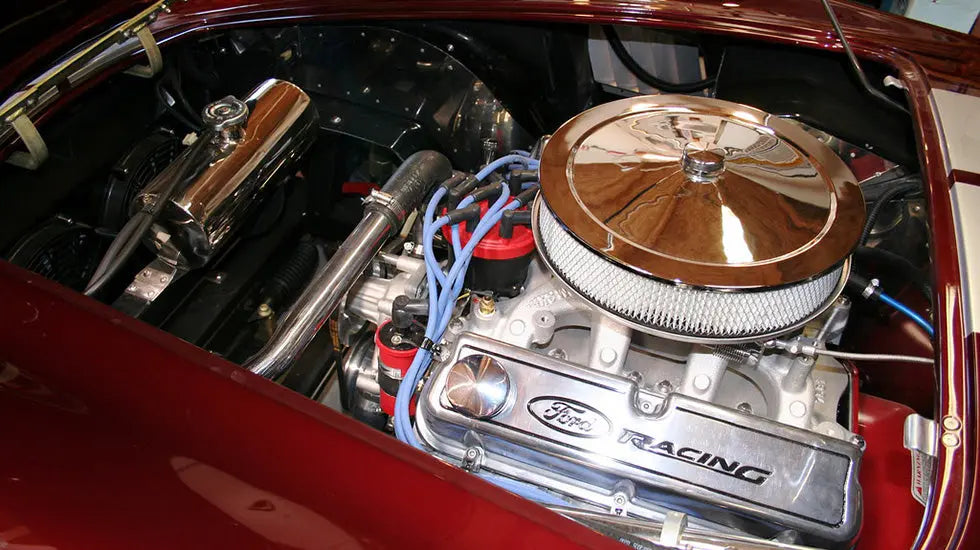
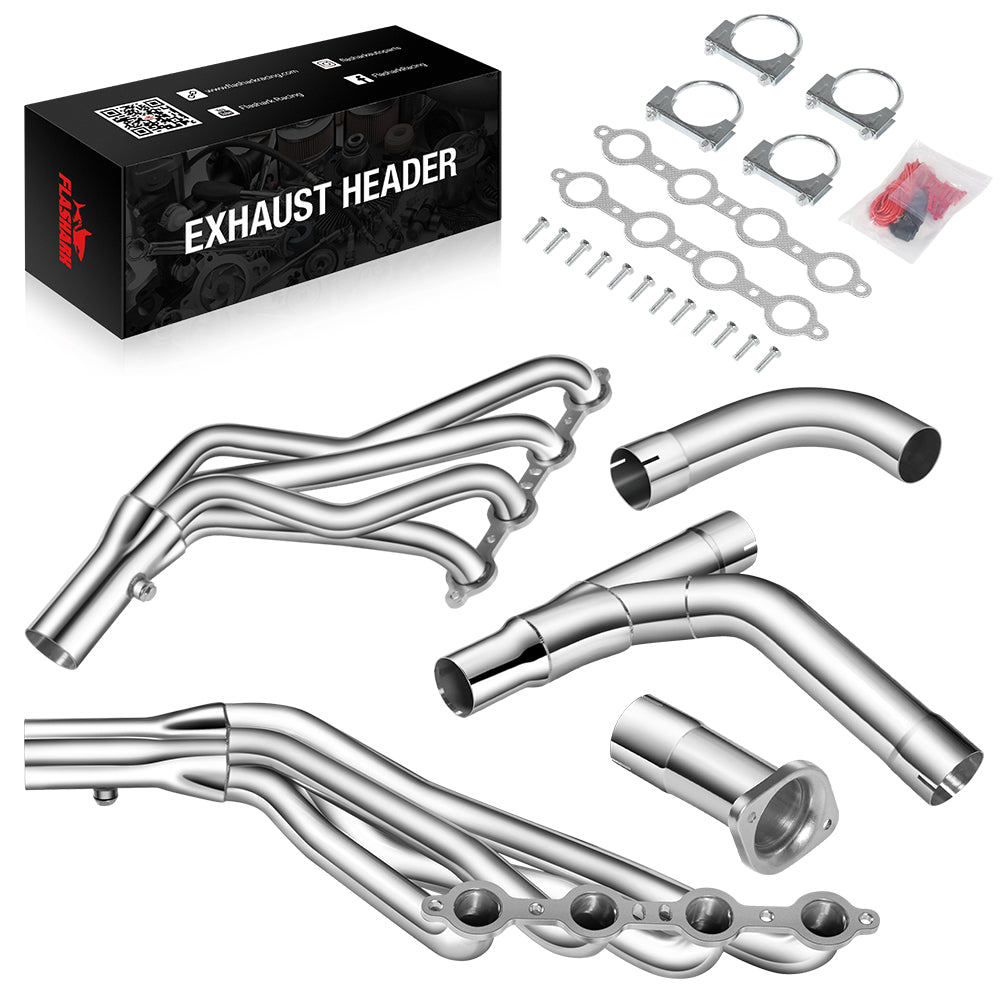

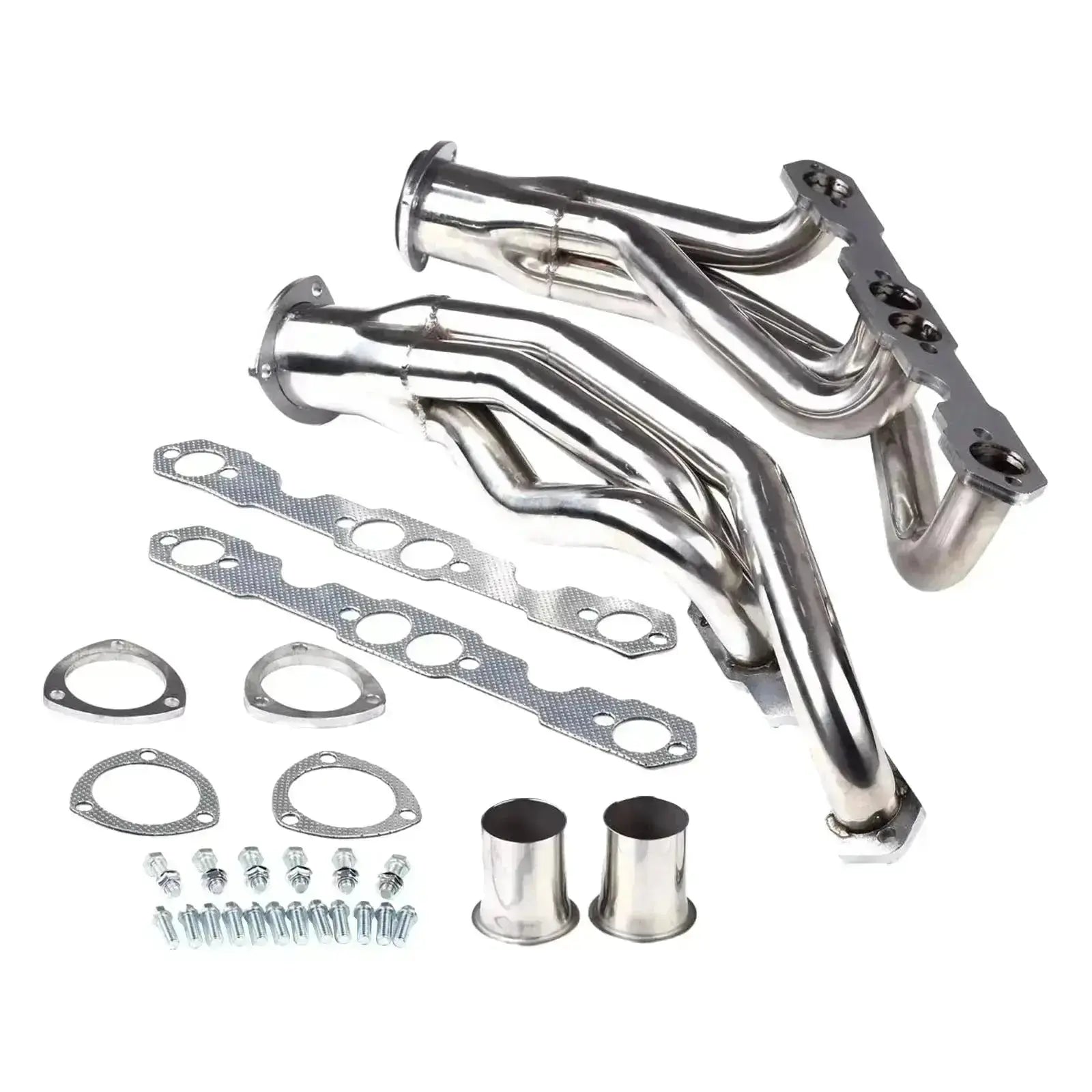
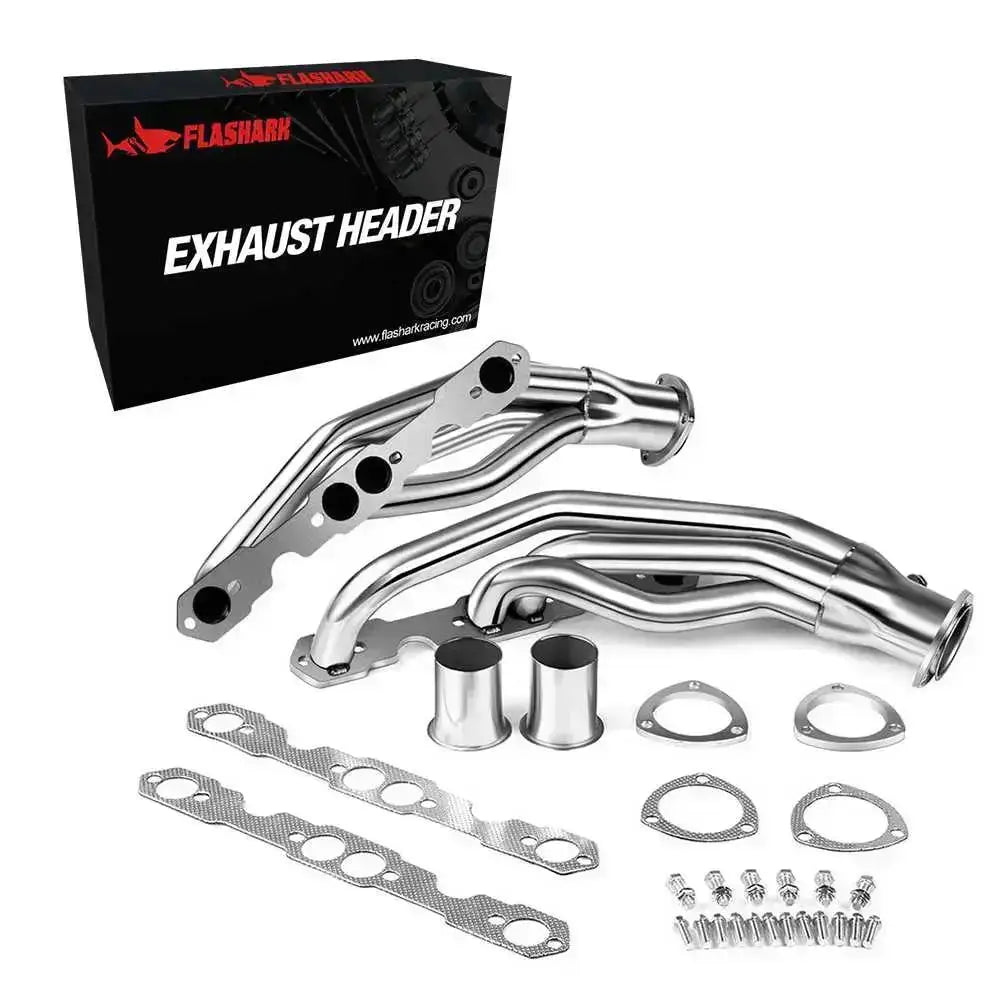

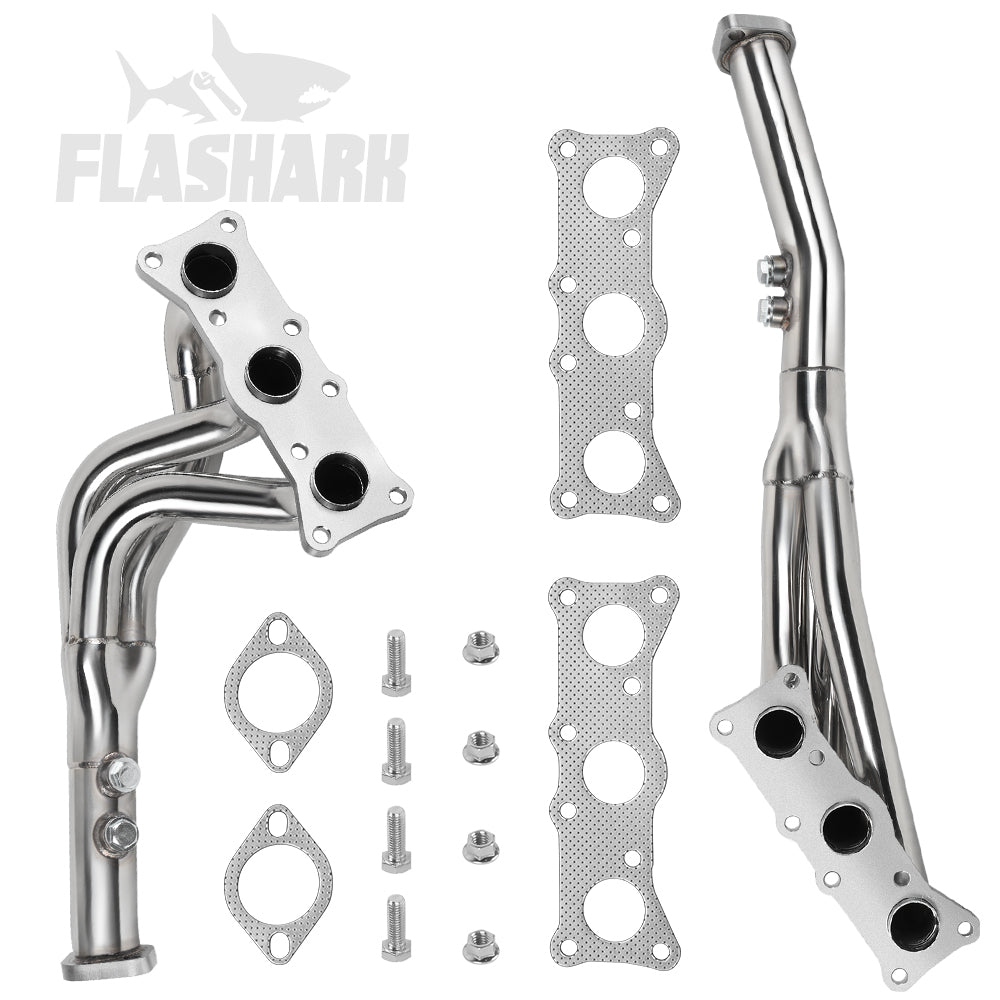



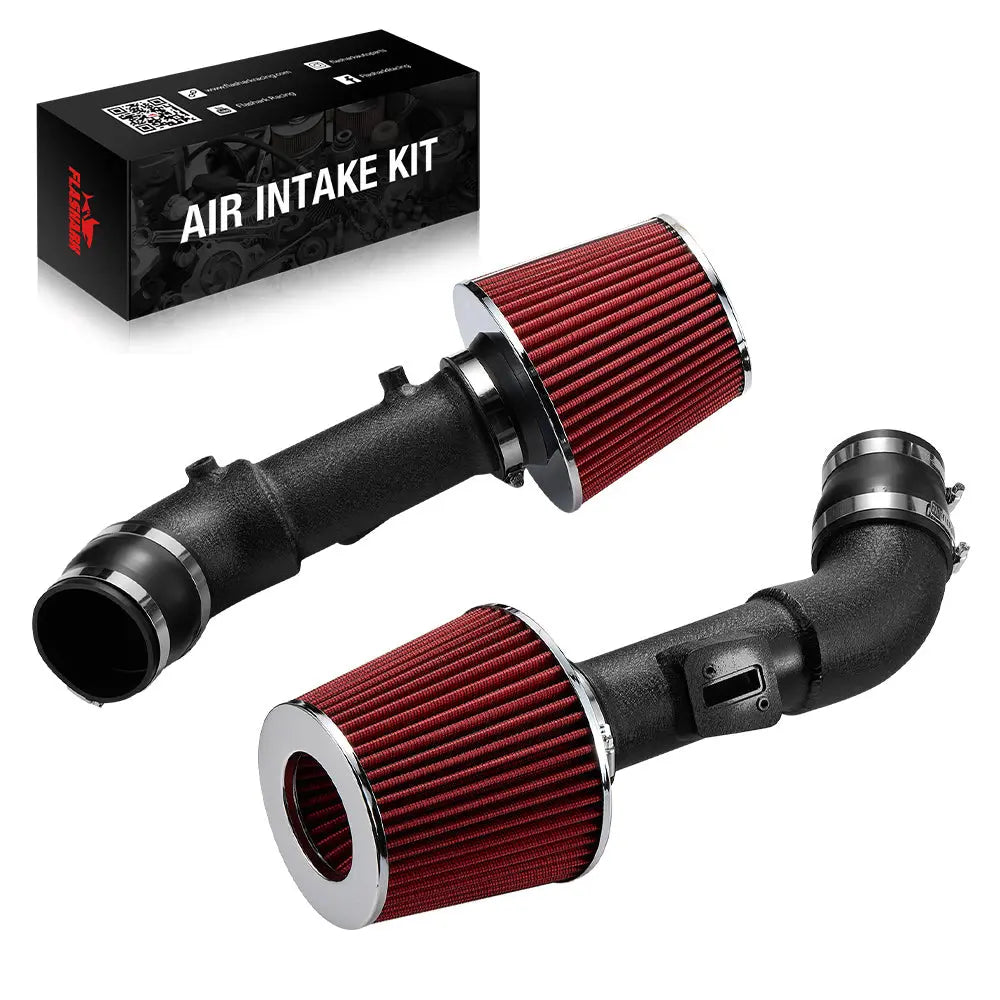
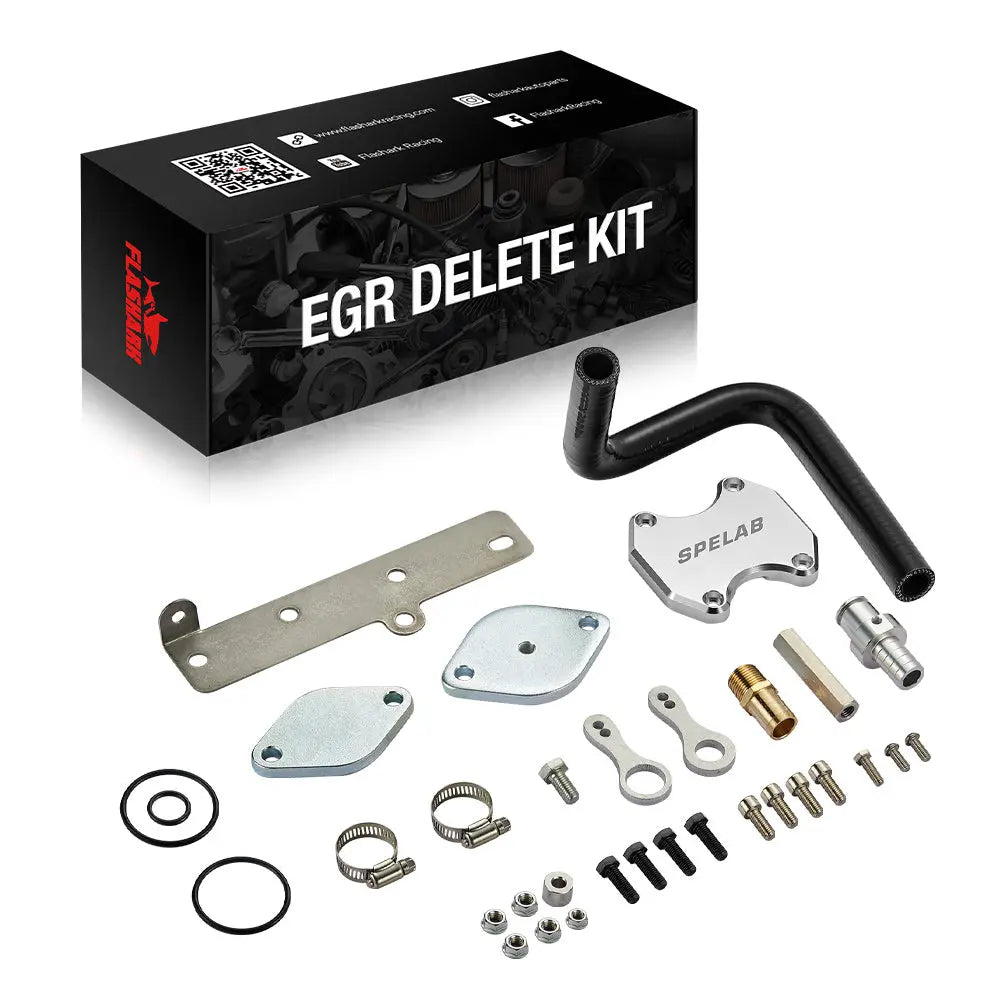
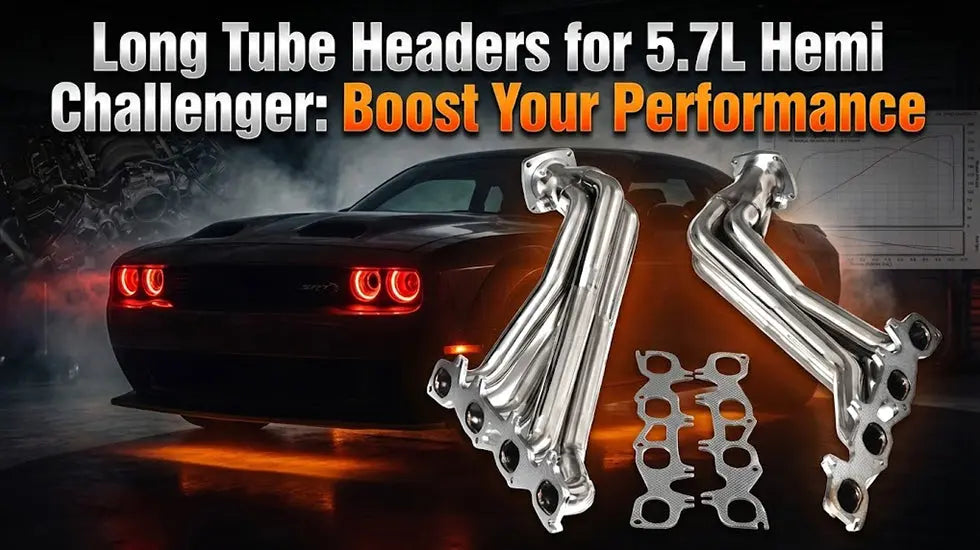
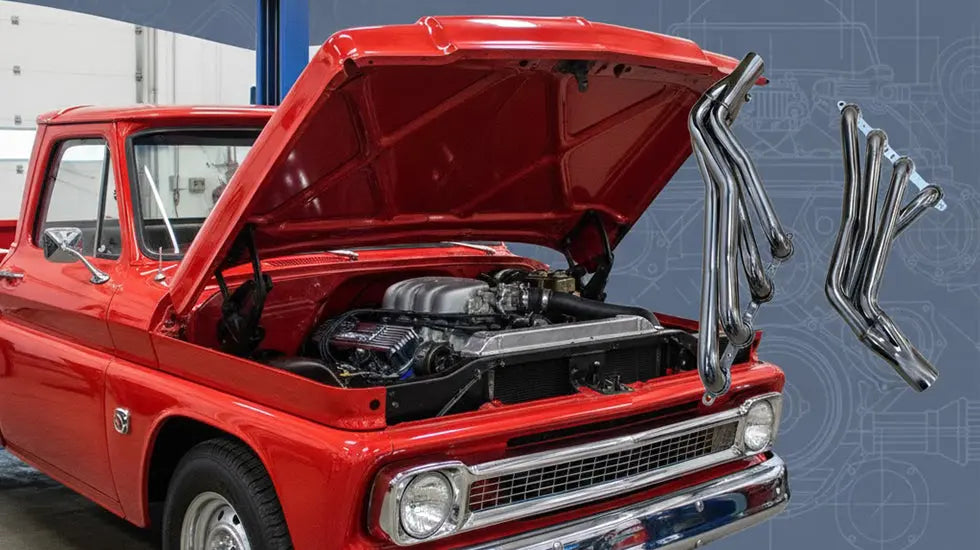



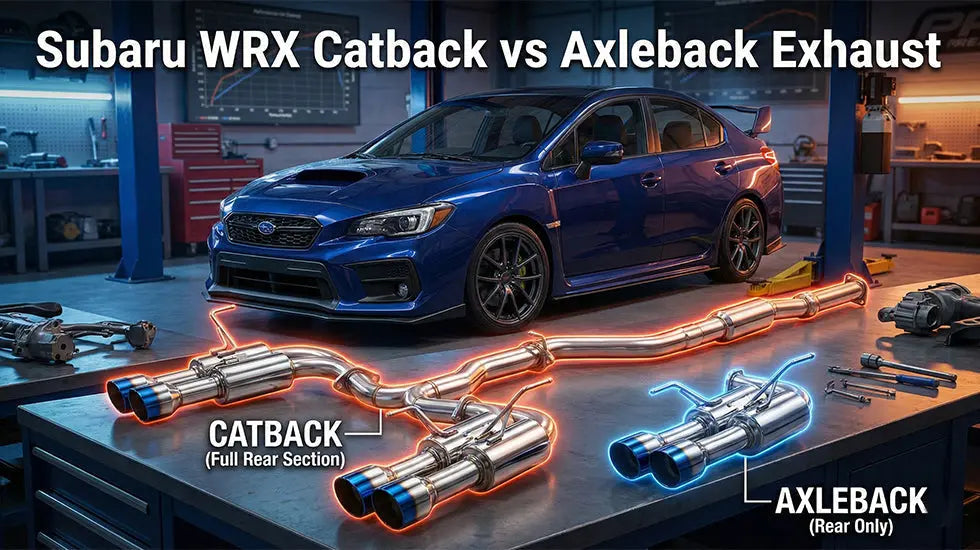
3 comments
Aaron
I had a ‘76 granada that happened to have a Windsor. I rebuilt 60 over with 512 lift and 284 duration. Headers of course, with flexible piping out either side under the doors capped unless at the track. I made a small mistake in an edelbrok single plane tunnel ram intake which kinda makes for not such good line launching. I put it in a ’79 mustang fox body with a stock tranny (c4) but a 67 falcon Detroit locker rear end. No stall converter but I did make a few runs in the quarter of low to mid 13’s. Ahhh the memories.
Mark Sylvester
Loved my Windsor in my 1973 mach 1 it was not the stock engine. Back in 86 it was swapped out with the 1969 factory 4 barrel the modified 292- 512 lift cam headers valve job, hi comp pistons never lost a street race
Brian Powers
You forgot to list the 69, 70 and 71 Cyclone Cyclone Spoiler, and Cyclone, spoiler 2 and the Torino Talladega